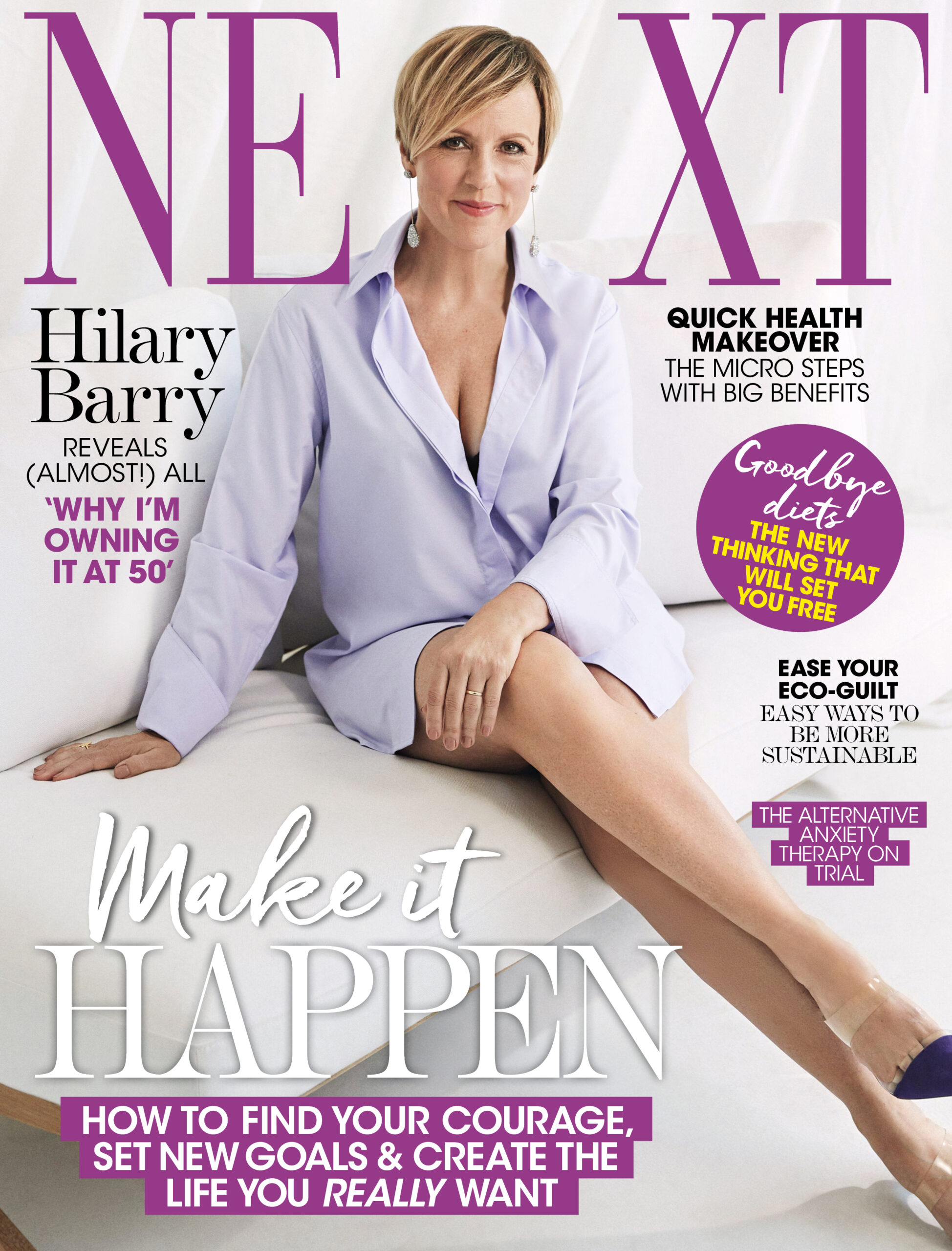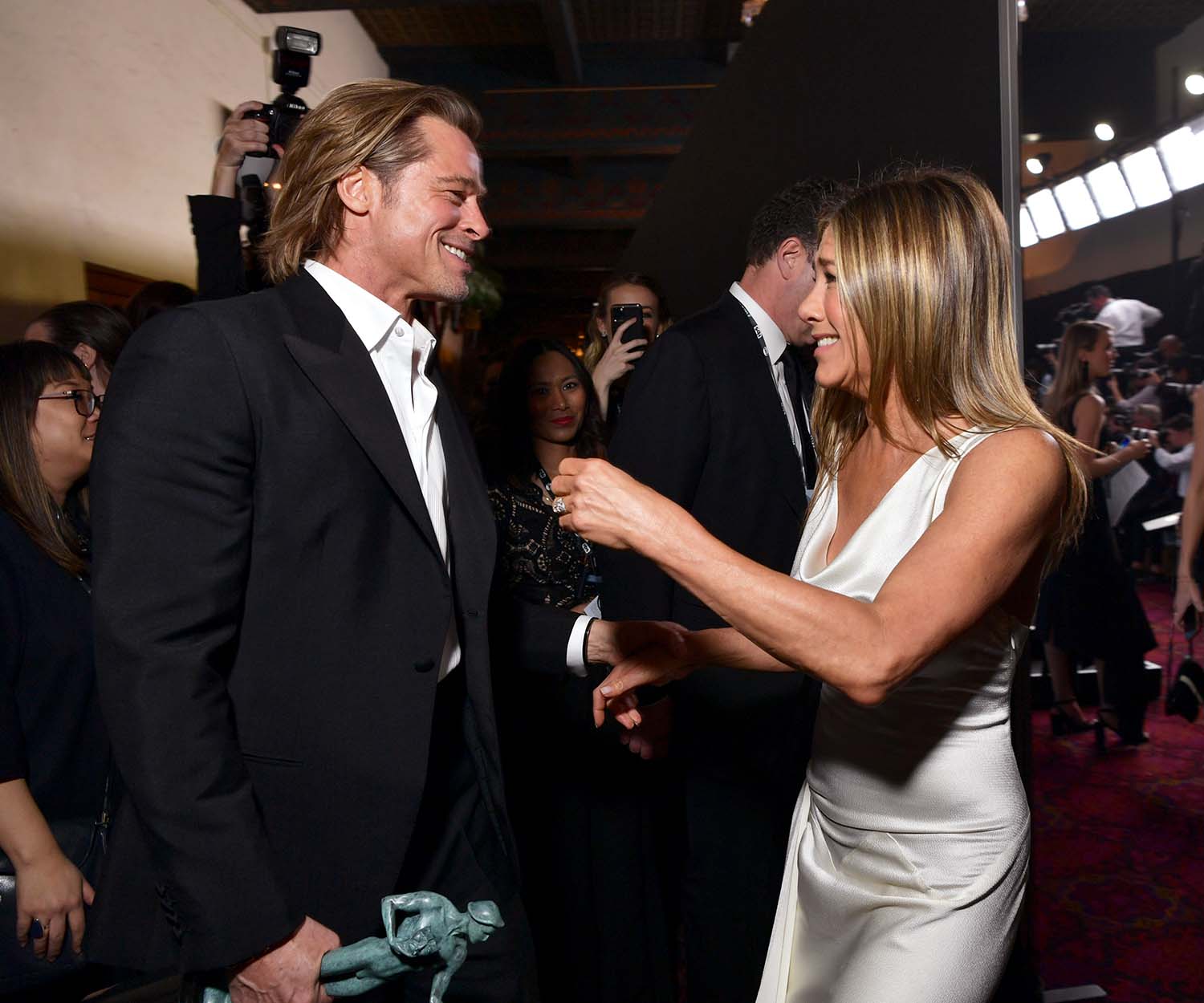If I had a page of text for every time I’ve heard something along the lines of, “I would totally write a romance novel, if only I had a spare weekend,” I’d have a workable draft by now.
It’s not that easy, of course. But like the genre itself, the life of a romance novelist has an aspirational appeal – making a living (hopefully) from sending love and optimism out into a world that sorely needs them. If you harbour an ambition to write a romance, here’s a 10-step plan to get you started.
1. Understand your genre
In the book industry, “romance novel” has a specific meaning. For all the dismissive talk that it’s a formulaic genre, there’s only one strict rule: your romance must have a happy ending. It can be a happy-ever-after or merely a happy-for-now, but it must be optimistic.
If you have a romance subplot but your heroine ultimately chooses to find herself rather than find love, you may be writing women’s fiction. If you kill her off or the relationship doesn’t work out in some other way, you may be writing a love story. Either way, don’t market it as a romance. Romance readers will eviscerate you.
To cultivate a long and mutually beneficial relationship with your readers, you must give them what they long for – an emotionally satisfying ending after a compelling journey of discovery.
The question is not whether your protagonists will get it together at the end, but how on earth they’ll solve the seemingly insurmountable conflicts in their way. Like life, it’s about the journey, not the destination.
2. Find your subgenre
One of the great things about writing romance today is that nearly any niche can find an audience, from a rural romance set on a South Island sheep station, to a time-travelling LGBTQIA young-adult historical vampire space opera.
Write the book you’d love to read. I adore a clever romantic comedy, so that’s what I write, and I also enjoy a good action thriller, so I write romantic suspense too, under a different pen name. Once you’ve chosen your subgenre, or at least narrowed it down, read voraciously within in. The brilliant thing about writing is that it’s largely learned by osmosis.
3. Choose a trope
This is the fun part. Romance is trope-tastic – it draws again and again from a cache of tried and true story archetypes, beloved by readers. Among the most popular tropes are enemies to lovers (Pride and Prejudice), friends to lovers (Emma), fake relationship (To All the Boys I’ve Loved Before), forbidden love (Twilight), marriage of convenience (Outlander), reunion romance (Persuasion), accidental pregnancy (Knocked Up), and forced proximity (Bringing Up Baby).
But because these tropes are ubiquitous, you must bring something fresh and unique. Try combining tropes to exponentially increase their firepower, and adding a setting that intensifies the conflict. An enemies-to-lovers accidental-pregnancy romantic comedy set at Scott Base in winter, anyone?
4. Characters
Contrary to popular belief, the making of a compelling romance hero is not his muscular thighs and chiselled jaw, though he may well have them. It’s his flaws and scars. The starting points for your protagonists – male, female or other – should not be their hair and eye colour and height, but their goals and motivations, internal and external conflicts, strengths and shortcomings, wounds, fears and unfulfilled longings.
I Go By This Theory: Your protagonists should each want something desperately, for a compelling and relatable reason, and there should be multiple obstacles in the way. These conflicts can be external (antagonists, circumstances, the setting), interpersonal (each other, especially if their goals conflict) and, most importantly, personal (the flaws they must overcome, the lessons they must learn).
Conflicts should be deep-seated and cannot derive from a mere misunderstanding that can be resolved in a single conversation. Make your readers care by making your characters flawed, human and relatable and by anchoring their goals to universal desires (for love, acceptance, freedom, justice, survival, security, etc). Create stakes and crank them – there should be serious consequences if they fail. As the story progresses, goals can shift, and stakes and conflicts should intensify.
For Example: In Pride and Prejudice, Jane Austen sets up a delicious collision course in which Elizabeth wants to avoid marriage to a man she cannot respect, with her parents’ example all the cautionary tale she needs – and marry she must, to avoid being penniless – but her courters are her obsequious cousin, a dashing lothario, and Darcy, whom she is prejudiced against because she believes him arrogant, and responsible for separating her beloved sister from her intended.
Darcy also craves a partner who is his intellectual equal so finds himself inconveniently attracted to Elizabeth, who is of inferior rank, and whom he’s alienated because of his pride. Throw in meddling families, scandals, secrets and witticisms aplenty and you have the most famous romance novel in history.
5. Plot
This is the Stuff That Happens, and should put your characters on that collision course as they pursue their goals and deal with their many setbacks, while earning small triumphs along the way (but only ever of the one-step-forward, two-steps-back variety).
Throw your protagonists together and keep them together. As the story progresses, deepen those internal, external and interpersonal struggles. Make them solve their own problems and grow, learn and change.
Make things so impossible for them that you as an author must create innovative (but not illogical) twists to make everything work out. Build everything to a black moment where everything looks lost, and force your protagonists to dig deep to face their fears and overcome their flaws to earn that happy ending.
6. Beginnings
Good openings are hard but their goal is simple. Your first page has a single job – to entice your reader to read the second page. And so on, and so on, until the end. Best advice here is to open at a point of disruption and action.
Give us a glimpse of your protagonist’s world before it’s tipped off balance, and orientate us to their strengths and flaws, but also introduce a page-turning intrigue early on, even if it’s not the main plot.
On the first page of Pride and Prejudice, as we’re stepping into the frantic world of the Bennets, we learn of the disruption: “Netherfield Park is let at last.” A wealthy bachelor is moving into the neighbourhood!
We soon learn of the stakes – Mr and Mrs Bennet have no son to inherit their estate, so their daughters must marry well or they’ll all be financially doomed. Once hooked, we proceed at a cracking pace to the ignition of the delicious enemies-to-lovers main plot, and then the complications start piling on. It starts strong and never lets up.
7. What separates the wannabes from the doers
(Butt on seat, hands on keyboard) This is the part that separates the wannabes from the doers. Yes, you can learn storytelling through osmosis and study, but it can only be executed by sweat and angst.
Don’t wait for the muse; don’t wait for that free weekend. Write wherever and whenever and finish the damn book. It’s easy to start a book. Do it right now – open a document, a journal, a notes app, whatever, and write the first words that come to mind.
They don’t have to be perfect, they just have to be there. There, see, it’s done, you’re away. But the hard part – and the part you must do to proclaim yourself an author – is to type “the end”.
8. Feedback
At some point, you’ll need help to take your novel to the next level. Tread carefully. No matter how tough you think you are, there’s nothing as soul-destroying as an unsympathetic reader tearing apart your creation, this living, breathing thing you’ve extracted from your soul, word by painful word.
My advice? Don’t show your draft to friends and family. Instead, seek out like-minded writers at a similar stage in their publishing journey. Look for online groups or check out Romance Writers of New Zealand. It may take a while to find your tribe, but they will prove invaluable.
9. Sex
You’ve been waiting for this part, haven’t you? How weird is it that we get so squeamish and giggly about sex in literature, given that it’s a fundamental part of existence?
In romance, you can choose the level you’re comfortable writing: no sex at all, closed door, euphemistic, explicit… As with any scene, every sex scene must advance the plot in some way, usually by introducing a complication or advancing the relationship. Oh, and explicit consent is vital.
10. Publishing
Once your manuscript has been through several drafts and critiques, it may be ready to submit to an agent or publisher, or to be professionally edited for self-publishing.
But for now, shut out the real world. Focus on creating it, on writing from the heart about stuff that matters to you, on finding your niche, on exploring and learning, on cultivating your voice, on the bliss of discovering flow.
I have a quote framed on the wall of my study from author Neil Gaiman: “This is how you do it: You sit down at the keyboard and you put one word after another until it’s done. It’s that easy, and that hard.”

For more great reads get your copy of NEXT magazine, on sale now.


